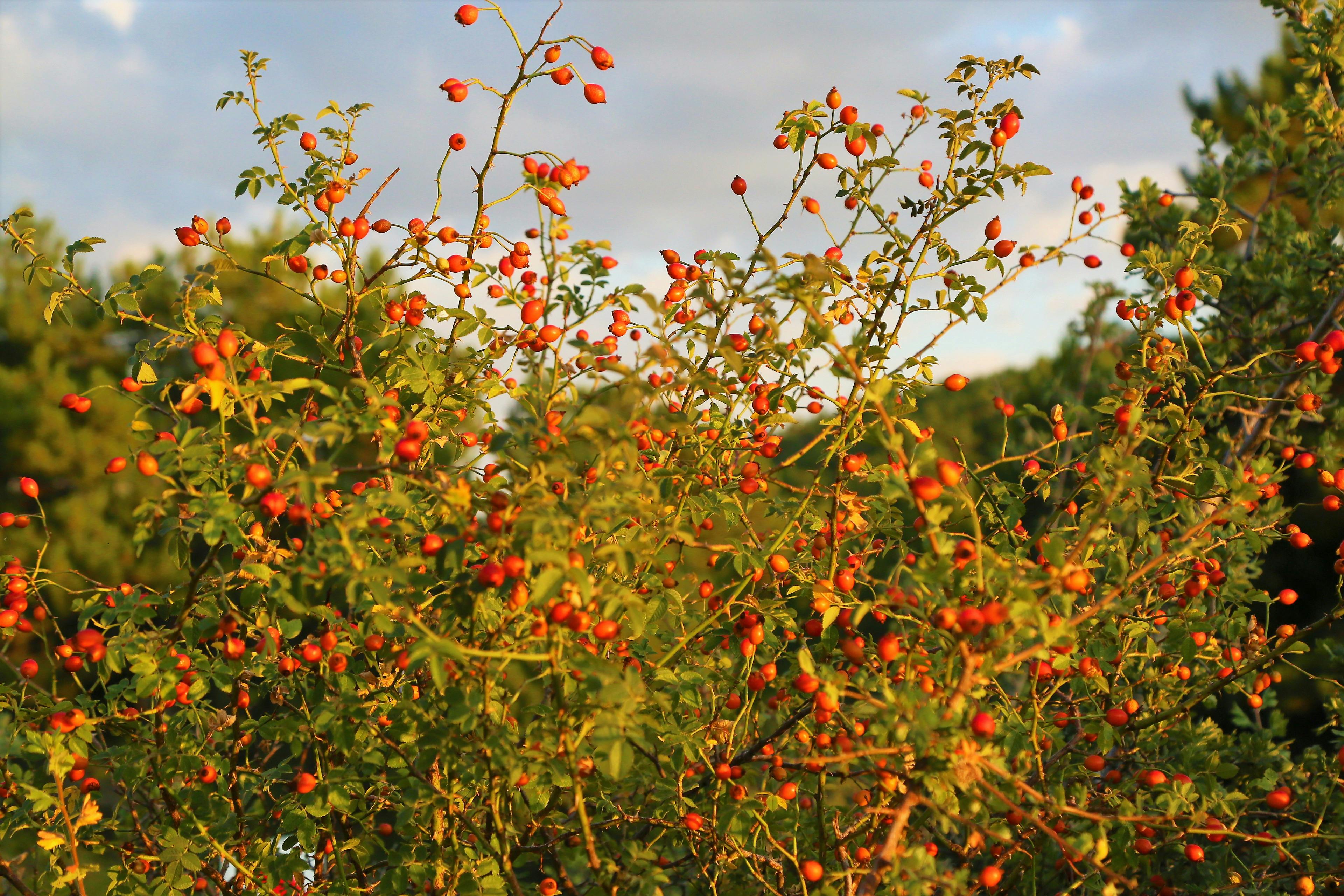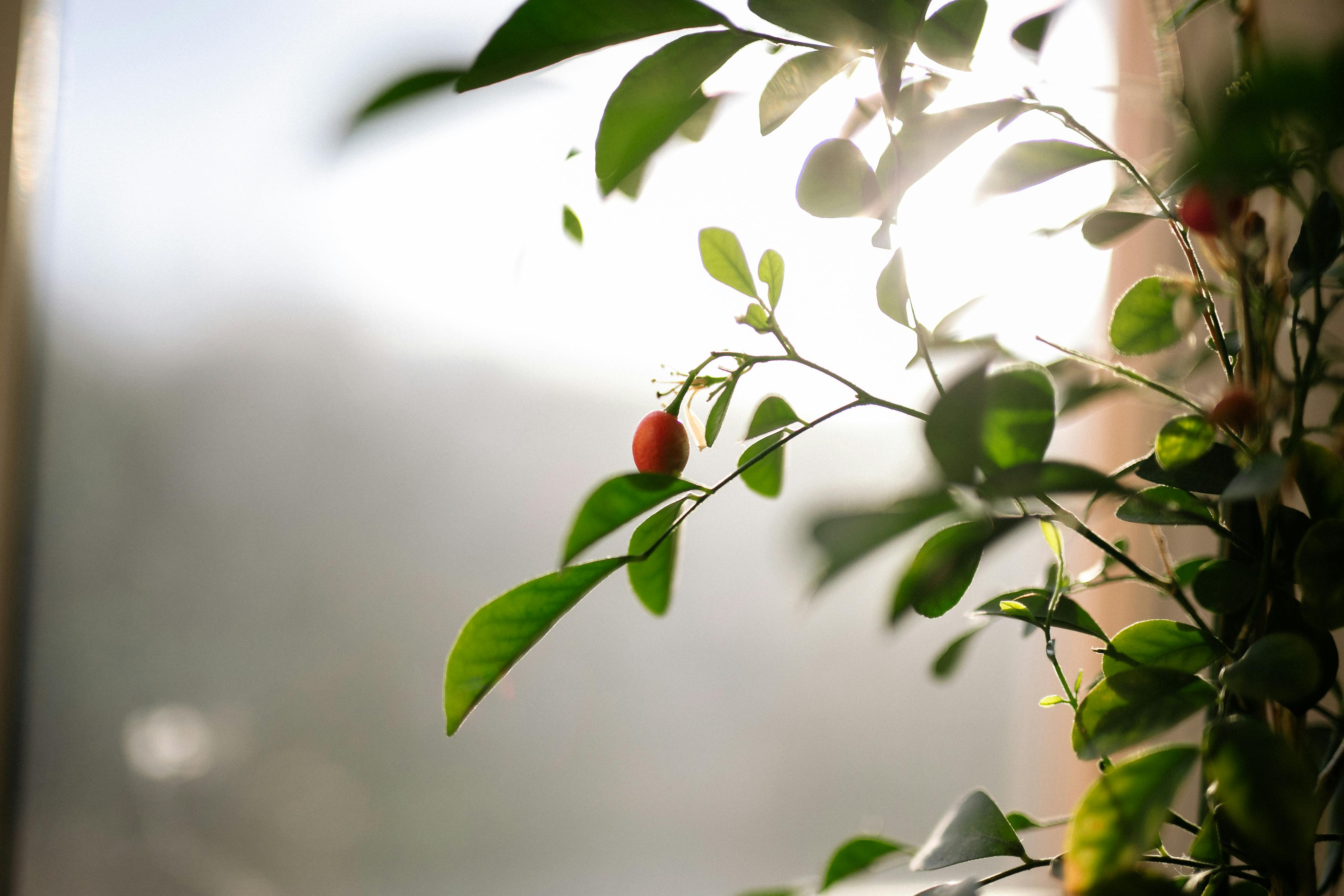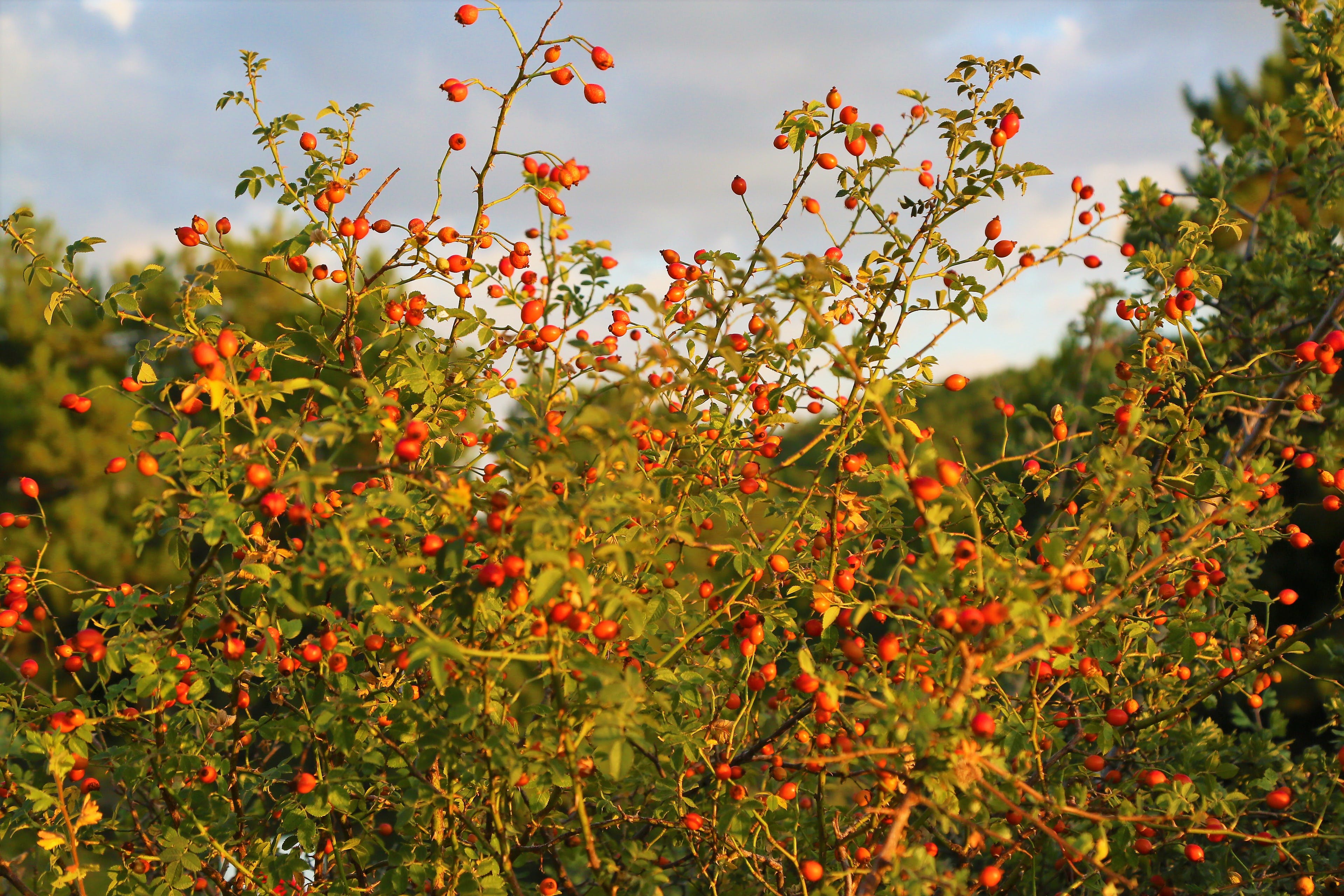Fruit trees require full sun in order to thrive and produce an abundant harvest. Full sun is defined as six or more hours of direct sunlight per day, and it is essential for fruit trees to get this amount of light in order to produce healthy, juicy fruit. With the right amount of sunlight, a fruit tree will be able to photosynthesize and grow strong, and its fruits will be ripe and ready for harvest. In this article, we will discuss why it is so important for fruit trees to have full sun exposure, as well as provide tips on how to ensure your fruit trees get the proper amount of light.Trees that need full sun include many types of conifers, such as pine, spruce, and fir trees, as well as deciduous trees like oak, maple, and elm. Other full sun trees include fruit trees like apple and cherry, nut trees like walnut and hickory, and flowering trees like magnolia and dogwood.
Benefits of Planting Fruit Trees in Full Sun
Planting fruit trees in full sun can bring a wide range of benefits. The additional sunlight and warmth helps to promote healthy growth, foliage and fruit production. When selecting a spot for your tree, it’s important to ensure it has access to at least six hours of direct sunlight each day. This will help the tree thrive and provide you with juicy, delicious fruit.
Full sun also helps to promote flowering in fruit trees. When more energy is released from photosynthesis due to increased sunlight, the tree is able to create more flowers that can later turn into fruit. Additionally, the increased temperature from full sun can help with cross-pollination between different varieties of trees – this can result in larger yields of unique fruits.
Fruit trees planted in full sun are also better equipped to fight off pests and diseases. Increased levels of light can increase the production of essential oils that act as natural defences against a range of insects and fungi. Furthermore, increased levels of light can help reduce the risk of fungal diseases such as powdery mildew or rust – both of which have the potential to damage your tree significantly.
Finally, planting fruit trees in full sun increases their hardiness and adaptability over time. With greater exposure to sunlight and warmth comes an increased resistance to extreme temperatures or weather conditions such as frost or strong winds. This means that once your tree is established, it could be better equipped for future years – helping you enjoy harvest after harvest without having to worry about replanting each season!
Types of Fruit Trees That Need Full Sun
Fruit trees are a great addition to any garden, providing both beauty and delicious produce. However, some types of fruit trees need full sun in order to thrive. Knowing what types of fruit trees will do well in full sun is important for successful fruit production.
Some of the most common types of fruit trees that require full sun include apples, pears, peaches, nectarines, cherries, and plums. These trees need at least six to eight hours of direct sunlight each day in order to produce healthy and abundant fruit yields.
Citrus fruits such as oranges, lemons, and limes also require full sun in order to thrive. Citrus fruits will need around eight hours of direct sunlight each day for optimal growth and fruiting. In areas with mild climates these trees can be grown outdoors year-round without protection from cold temperatures or frost.
In addition to these more common types of fruit trees, there are also many lesser-known varieties that must have full sun for optimal growth and fruiting. These include loquat, quince, medlar, mulberry, figs, pomegranate, persimmon and jujube fruits. All these fruits require at least six hours of direct sunlight each day for good growth and fruiting.
Finally, tropical fruits such as avocados and mangoes must also have full sun exposure in order to thrive. These tropical fruits will need at least eight hours of direct sunlight each day for best results when grown outdoors in mild climates with no frost protection needed during winter months.
In summary, many different types of fruit trees require full sun exposure in order to produce healthy yields of delicious fruits. Some of the most popular varieties are apples, pears, peaches, nectarines
How Much Sun Do Fruit Trees Need?
Fruit trees require a good deal of sunshine for optimum growth. Depending on the type of tree, some will need more than others. Generally, most fruit trees will need at least six hours of direct sunlight each day to produce healthy fruit and foliage. Trees that need more sun include citrus, figs, apples, pears, peaches and apricots. These types of trees should get eight to ten hours of sun daily.
Trees that are in partial shade may not produce as much fruit or have as many blossoms as those in full sun. In addition, they may be more susceptible to pests and disease. It is important to know what kind of tree you are planting and how much sun it needs before you plant it so that it can get the proper amount of sunlight throughout the year.
In areas with hot climates, such as deserts or tropics, some types of fruit trees may require partial shade during certain times of the day in order to protect them from scorching heat and excessive sun exposure. In cooler climates, trees may need additional protection from wind or frost damage as well as extra warmth during cold winter months.
No matter what type of tree you are planting – fruit or otherwise – proper placement is key for a successful harvest season. Make sure your tree is placed in an area that gives it access to the right amount of sunshine for its needs so that it can thrive all year round!
Shade Requirements for Different Types of Fruit Trees
When it comes to fruit trees, there are certain shade requirements that need to be met in order to ensure a successful harvest. Depending on the type of fruit tree, different amounts of shade may be necessary. For example, citrus trees generally require full sun and may not produce well in shaded areas. On the other hand, apples and pears may require some partial shade during certain times of the day or season in order to bear quality fruit. Knowing the specific requirements for your particular tree will help ensure a healthy crop.
When planting fruit trees, it’s important to pay attention to the amount of direct sunlight they will receive throughout the day. This is especially true if you live in an area that receives intense sun during certain times of year. If your tree is planted in an area that receives too much direct sunlight, it can cause excessive leaf burn, scorched fruit or even death of the tree. If your area has intense heat and sun exposure, you may want to look for varieties that are more tolerant of these conditions or find a spot where some shade can be provided.
On the other hand, some trees cannot tolerate too much shade as this may inhibit their growth and limit their production of quality fruit. Such is the case with many citrus varieties which generally require full sun exposure for optimal growth and fruiting potential. Peach trees also require at least six hours of direct sunlight per day in order to produce well. If your area has extended periods of shade or if you have tall buildings or trees nearby that cast heavy shade on your property, then you should choose varieties that are more tolerant of these conditions.
In conclusion, knowing which type of fruit tree you have and understanding its specific requirements will help ensure successful harvests year after year. Paying attention to how much direct sunlight your tree will receive each day is essential when deciding where to plant it and whether additional shading might be needed during certain times of year or during periods when intense sun exposure could be damaging. With proper care and attention to detail, you can enjoy delicious fruits from your own backyard!

Partial Shade OK for Fruit Trees?
Fruit trees can generally tolerate partial shade, although the amount of shade they can tolerate will vary depending on the species. In general, fruit trees that require full sun will produce more fruit when grown in full sun, but they will still produce some fruit in partial shade. On the other hand, some types of fruit trees, such as citrus and kiwi, prefer a bit of shade and may not produce much fruit if grown in full sun.
When planting a fruit tree in partial shade, it is important to make sure that the tree receives some direct sunlight each day. An area with dappled or filtered light is ideal. It should receive at least four to six hours of direct sunlight each day during the growing season. During winter months, when there is less direct sunlight available, a slightly more shaded location is acceptable.
The amount of shade a particular species of fruit tree can tolerate also depends on its maturity; younger trees generally need more sunlight than mature trees. Additionally, tropical and subtropical fruits are less tolerant of shade than temperate fruits like apples and peaches.
When planting a fruit tree in partial shade, it’s important to avoid overcrowding so that the tree can still receive adequate light and air circulation. The soil should be kept evenly moist but not soggy; mulching around the base of the tree can help maintain moisture levels and reduce weeds. Fertilizing regularly with an organic fertilizer will promote healthy growth and abundant fruiting.
Overall, while most fruit trees prefer full sun for optimum fruiting, many types will tolerate at least some degree of partial shade as long as they still receive adequate light and air circulation. With careful attention to siting and cultural requirements like regular fertilizing and watering, it is possible to successfully grow many types of delicious fruits even in partially shaded areas.
What if My Yard Doesn’t Have Full Sun for My Fruit Tree?
If you have an area in your yard that doesn’t get full sun, you don’t have to give up on your dream of having a fruit tree. There are certain varieties of fruit trees that can tolerate and even thrive in partial shade. Citrus trees, for example, can tolerate light shade, as long as they get at least 6 hours of direct sunlight each day. Apples, pears, and peaches can also do well in partial shade with at least 4-6 hours of direct sunlight daily.
When choosing a fruit tree for partial shade, look for a variety that is labeled as “partial shade tolerant” or “semi-dwarf”. These varieties tend to be smaller and more compact than other varieties, making them better suited for growing in shady areas. Additionally, they require less pruning and maintenance than other fruit trees.
It’s important to remember that even partial shade tolerant trees need some direct sunlight each day in order to produce healthy fruits. If possible, choose a spot in your yard that gets the most amount of direct sunlight possible so your tree has the best chance of thriving.
Finally, be sure to provide your tree with plenty of water and fertilizer throughout the growing season to ensure it gets the nutrients it needs to produce healthy fruits. With proper care and attention, even a partially shaded fruit tree can produce delicious fruits!
Growing Fruit Trees in Containers in Partial Sun
Growing fruit trees in containers is an exciting way to get a taste of home-grown fruit without having to invest a lot of space or time. Even if you don’t have a large outdoor area or full sun, you can still enjoy the fruits of your labor. Container-grown fruit trees can thrive in partial sun, as long as they get some direct sunlight each day. Here are some tips for growing fruit trees in containers in partial sun:
Choose the Right Container: The size and type of container you choose will depend on the type of tree and how large it will eventually become. Look for containers that are deep enough to accommodate a good-sized root ball and wide enough for the branches to spread out. Plastic pots are ideal because they retain moisture better than other materials.
Select the Right Varieties: Not all types of fruit trees do well in partial sun. Look for varieties that are known to tolerate less-than-ideal conditions, such as dwarf or containerized varieties. Citrus fruits, such as oranges and lemons, tend to fare better than other types of fruit trees when grown in partial sun.
Provide Adequate Watering: Container-grown plants require more frequent watering than those planted directly into the ground because their roots can dry out quickly. Water your tree regularly throughout its growing season, making sure not to overwater it. If you’re not sure how much water your tree needs, check with your local garden center for advice.
Protect from Excessive Heat: If your tree is getting too much direct sunlight during the hottest part of the day, consider investing in a shade cloth or other protective covering. This will help keep your tree cool and prevent its leaves from getting scorched by the hot summer temperatures.
Fertilize Regularly: Fertilizer helps ensure that your tree gets all the nutrients it needs to grow strong and produce healthy fruit. Choose a fertilizer specifically designed for fruit trees and apply it according to package directions throughout its growing season.
Prune Regularly: Pruning helps keep your container-grown tree healthy by removing dead or diseased branches and encouraging new growth. Prune lightly every year during its dormant season (winter) to keep it looking neat and tidy.
By following these simple tips, you can successfully grow a variety of delicious fruits right on your balcony or patio—even if you don’t have access to full sun! With proper care and attention, you’ll be rewarded with sweet homegrown treats year after year!

Conclusion
Fruit trees need full sun to produce a good harvest. A minimum of six hours of sunlight is ideal for most varieties, and some require eight or more. Without adequate sun, fruit trees will not grow properly and may not produce well even if they do. With the right amount of sunshine, fruit trees can be a rewarding addition to any garden.
Growers should consider the variety of fruit tree they are planting, as well as their location when determining how much sun is needed. Choosing a variety that does best in their climate and providing the necessary sunlight are key factors in ensuring success with fruit trees.
When given the proper conditions, including full sun, fruit trees can provide an abundance of delicious homegrown produce for years to come.



